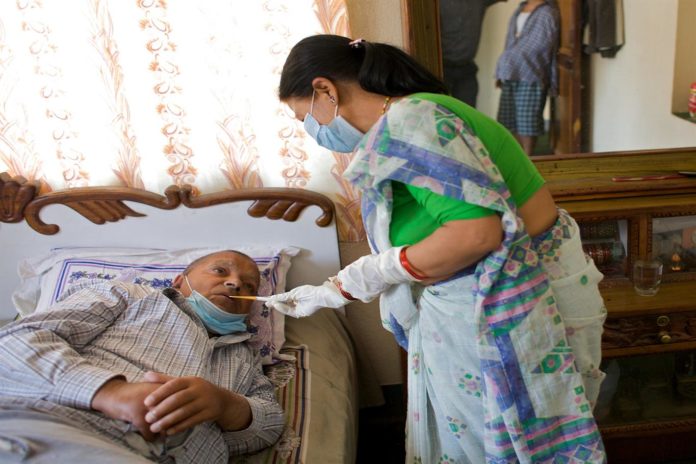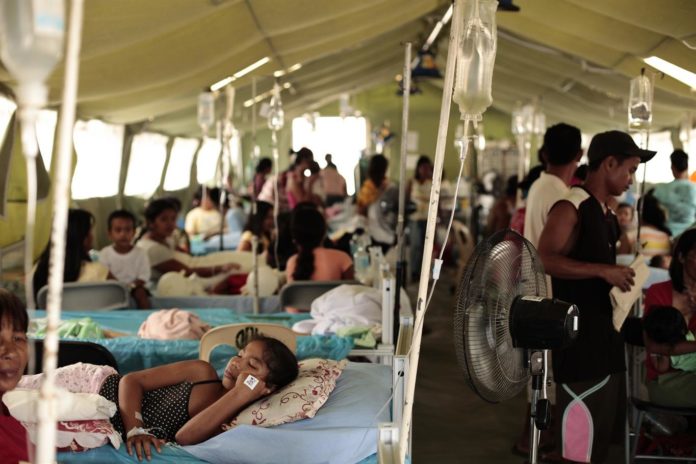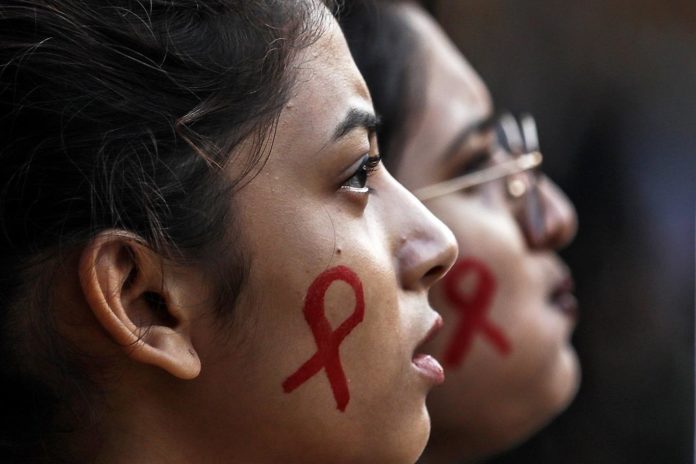You’d think that with technology and the world’s wealth, global would no longer be a concern. Unfortunately, as you probably very well know, we are facing many diseases and epidemics throughout the globe. In addition, there are more and more cases of drug-resistant pathogens, as well as people suffering from obesity, physical inactivity and diseases caused by environmental pollution and climate change. In short, not only didn’t we get better, but it seems that human condition has gotten worse than ever on a big scale.
Consequently, we, as a whole, can be concerned about global health more than ever and rightly so! It is important to educate ourselves about the problems that we are facing. In order to learn more about them, here are 10 of the many issues that will require the attention of WHO and health partners in 2019.
1. Non-communicable diseases

Non-communicable diseases, such as diabetes, cancer, and heart disease, collectively account for more than 70% of deaths worldwide, or 41 million people. This figure includes 15 million people aged 30 to 69 who die prematurely.
More than 85% of these premature deaths occur in low- and middle-income countries. There would be more non-communicable diseases because of it:
- Smoking;
- Physical inactivity;
- Abusive alcohol consumption;
- Unhealthy diets;
- Pollution.
2. Influenza

We may face an influenza pandemic. However, scientists do not know when it will strike and what its severity will be. Of course, WHO continuously monitors the circulation of influenza viruses to detect potential pandemic strains: 153 institutions in 114 countries are involved in global surveillance and response.
3. Fragile and vulnerable environments

Unfortunately, more than 1.6 billion people, or 22 percent of the world’s population, live in areas where prolonged crises (drought, famine, conflict and population displacement) and poor health services can be observed.
4. Antimicrobial resistance

Although modern medicine has developed antibiotics, antivirals, and antimalarials, antimicrobials are becoming increasingly resistant. In fact, bacteria, parasites, viruses, and fungi can resist these drugs. As a result, we now have difficulty preventing infections such as pneumonia, tuberculosis, gonorrhea, and salmonellosis. Failure to prevent infections could seriously compromise surgery and procedures such as chemotherapy. Drug resistance is believed to be due to the excessive use of antimicrobials in humans, but also in animals, particularly those used for food production, and in the environment.
5. Ebola and other high-risk pathogens

In 2018, the Democratic Republic of Congo experienced two separate outbreaks of Ebola, both of which spread to densely populated cities. One of the affected provinces is also in an active conflict zone. This shows that the context in which an outbreak of a high-risk pathogen such as Ebola occurs is critical.
6. Weak primary health care

Primary health care is generally the first point of contact that people have with their health care system. Ideally, they should provide comprehensive, affordable and community-based care to people throughout their lives. Unfortunately, it must be noted that many countries do not have adequate primary health care facilities. This neglect may be due to a lack of resources in low- and middle-income countries, but it may also be that in recent decades, the focus has been on single-disease programs.
7. Hesitation to get vaccinated

Hesitation to vaccinate – reluctance or refusal to vaccinate despite the availability of vaccines – is a threat to progress in health. Vaccination is one of the most cost-effective ways to avoid disease – it currently prevents 2 to 3 million deaths per year, and another 1.5 million deaths could be prevented if global immunization coverage were improved. Measles, for example, has seen a 30% increase in the number of cases worldwide. The reasons for this increase are complex, and not all of these cases are due to a reluctance to get vaccinated. However, some countries that were on the verge of eliminating the disease have experienced an upsurge.
8. Dengue fever

Dengue fever, a mosquito-borne disease that causes flu-like symptoms and can be fatal and kill up to 20% of people with severe flu, has been a growing threat for decades. Many cases occur during the rainy season in countries such as Bangladesh and India. It is estimated that 40% of the world’s population is at risk of dengue fever, and there are about 390 million infections per year.
9. HIV

Progress against HIV has been enormous in terms of testing, provision of antiretrovirals (22 million people are on treatment) and access to preventive measures. However, the epidemic continues to rage. Since the beginning of the epidemic, more than 70 million people have become infected and about 35 million people have died. Today, about 37 million people worldwide are living with HIV.
10. Air pollution and climate change

Nine out of ten people breathe polluted air every day. In 2019, air pollution is considered by the WHO to be the greatest environmental health risk. Microscopic pollutants in the air can enter the respiratory and circulatory systems and damage the lungs, heart, and brain. It can kill 7 million people prematurely each year due to diseases such as cancer, stroke, heart, and respiratory diseases. About 90% of these deaths occur in low- and middle-income countries, with high volumes of emissions from industry, transport, and agriculture, as well as from dirty stoves and fuels in households.
The main cause of air pollution (burning fossil fuels) is also an important factor in climate change, which has different impacts on people’s health. Between 2030 and 2050, climate change is expected to cause an additional 250,000 deaths per year due to malnutrition, malaria, diarrhea and heat stress.


![[Photos] Why WD-40 Is Magic In Your Garden?](https://lifetonik.com/wp-content/uploads/sites/7/2019/08/WD40-Prices-Highres_Page_8_Image_0008-218x150.jpg)





![[Photos] Take A Look Of The Obama’s New Home Before It’s Banned](https://lifetonik.com/wp-content/uploads/sites/7/2019/07/Obama1-218x150.jpg)

![[Slideshow] Celebrity Homes: 21 Of The Most Luxurious](https://lifetonik.com/wp-content/uploads/sites/7/2019/07/Taylor-Swift-218x150.jpg)
![[Slideshow] More Parents Are Now Gluing Pennies to the Bottom of their Kid’s Shoes](https://lifetonik.com/wp-content/uploads/sites/7/2019/07/Keep-Them-Entertained-218x150.jpeg)
![[Photos] 20 Fashion Mistakes That Too Many Women Make!](https://lifetonik.com/wp-content/uploads/sites/7/2019/07/5-style-mistakes-that-make-you-look-frumpy-featured-218x150.jpg)



















![[Gallery] 25 Discounts For Seniors To Which You Are Entitled Without Knowing It](https://lifetonik.com/wp-content/uploads/sites/7/2019/08/EAZxECUXUAAvNZR-218x150.jpg)
![[Slideshow] Here’s the salary of every governor in the United States](https://lifetonik.com/wp-content/uploads/sites/7/2019/08/Charlie-Baker-218x150.jpg)
![[Photos] No One Will Want To Buy This House After Seeing These Pictures](https://lifetonik.com/wp-content/uploads/sites/7/2019/08/terrible-real-estate-photos-2-5c35e727c9f95__700-218x150.jpg)



